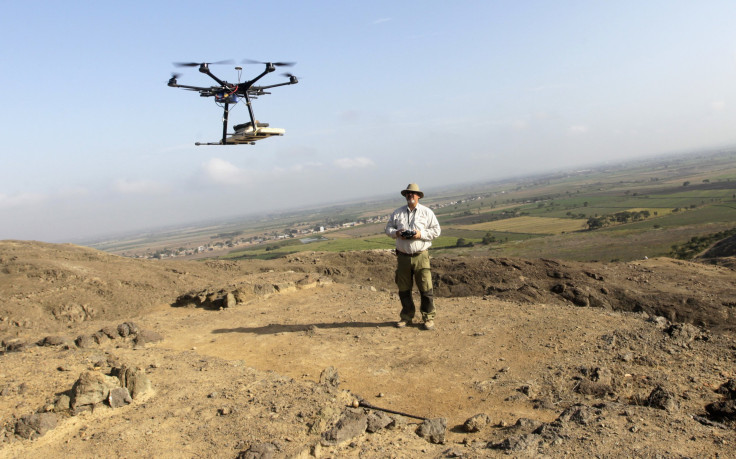2,400-Year-Old Ancient Gold Bongs Unearthed In Russia

A team of archaeologists has discovered a pair of gold "bongs," or water pipes, in southern Russia. The artifacts, which are made of pure gold, are believed to be around 2,400 years old.
According to the archaeologists, tribal chiefs used the ancient paraphernalia to smoke opium and cannabis. The artifacts were unearthed along with several other items made up of gold, totalling seven pounds. They were discovered in southern Russia while the land was being dug up to erect power lines, reported the Tech Times.
The archaeologists believe the pair of treasures belonged to the Scythians, a nomadic people who ruled over a vast area from Eastern Europe to Central Asia from the 9th century B.C. to the 4th century A.D. They did not leave permanent settlements but constructed great burial mounds called kurgans, which still exist from the Black Sea to Mongolia.
Historians say the Scythians would smoke opium and cannabis before going into battle to achieve an altered state of mind.
All the artifacts, including the golden bongs, neck rings, rings and jewels, have been collected for display at a Russian museum. Archaeologist Anton Gass says they constitute one of the finest discoveries so far from the region. The discovery was made in 2013, but was kept secret to prevent looting.
© Copyright IBTimes 2025. All rights reserved.




















